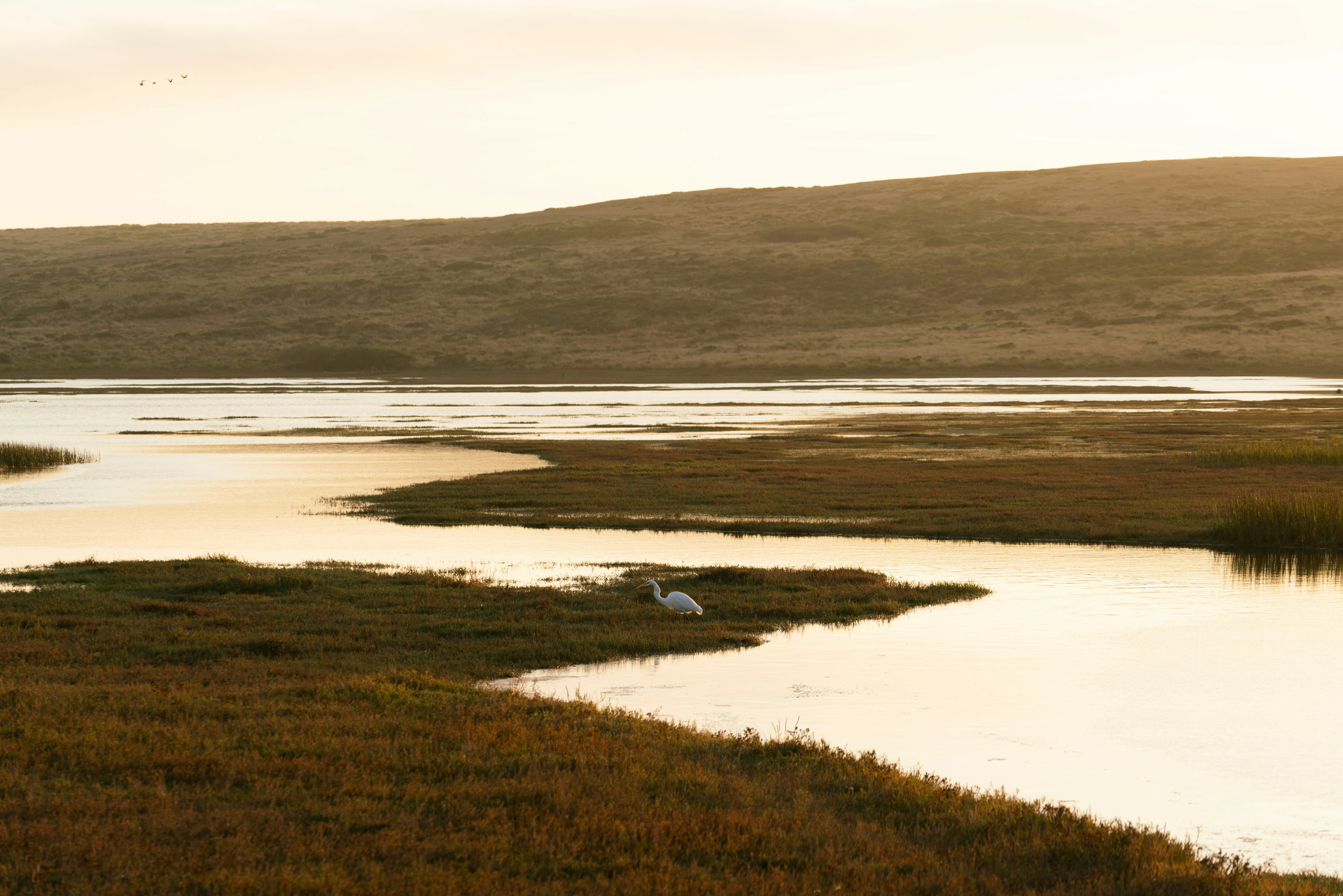

GEO Wetlands

Challenge
Wetlands, vital for biodiversity, climate, and hydrology, provide essential benefits to humankind. Accurate data is crucial for their protection and for fulfilling countries’ commitments under the Convention on Wetlands, the Sustainable Development Goals, and the three Rio Conventions. Countries face challenges in wetlands inventory and its application in assessment, monitoring, management, and reporting, and have formally identified needs for enhanced use of Earth observation (e.g., Convention on Wetlands Resolution XIII.10 §23). Challenges arise from the temporal dynamics and diversity of wetlands, a lack of harmonization of approaches, limited accuracies, and constraints in the ability of countries to utilize them.
Solution
GEO Wetlands will play a pivotal role in addressing countries’ needs through open collaboration to empower users to benefit from the EO-derived wetland geospatial data. This will include developing and promoting harmonized methods for wetland inventory, assessment, and monitoring, such as consistent definitions; facilitating access to and utilization of EO data; and addressing identified capacity and technical needs through guidance, capacity-building, and sharing of information. GEO Wetlands is being co-designed, responding directly to needs identified by parties to the Convention on Wetlands, complementing ongoing efforts to strengthen national wetland inventory, and contributing to enhanced planning and reporting under other MEAs.
Intended Socioeconomic and Environmental Impact
GEO Wetlands will enhance wetland protection, restoration, and sustainable use by providing knowledge, tools, and capacity to support national and international policies. It helps the 172 Contracting Parties to the Convention on Wetlands establish or improve National Wetland Inventories, integrate wetland measures into national plans, and address biodiversity, climate, and water goals. GEO Wetlands also closes knowledge gaps with updated global inventories, improves mapping of specific wetland types, enhances data sharing for better reporting across frameworks, and develops Essential Wetland Variables for precise assessments of wetland health and ecosystem services.
Objectives for 2025–2030
The overall objective of GEO Wetlands is to support national wetland inventory as a key tool towards effective implementation of the Convention on Wetlands, and to harness wetlands in delivering biodiversity, climate, and sustainable development outcomes. The objectives, products, and services of GEO Wetlands will be further developed through ongoing consultation led by the Scientific and Technical Review Panel (STRP) of the Convention, and the outcomes of the Convention on Wetlands’ 64th Standing Committee Meeting in January and COP15 in July 2025.
Specific objectives are expected to address:
How We Work
GEO Wetlands is envisaged as a voluntary and collaborative network, with membership open to organizations/entities with a relevant mandate and commitment to the aims and objectives of GEO Wetlands. Arrangements are to be further developed based on the ongoing EO consultation and outcomes from the Convention on Wetlands’ COP15, but are expected to encompass a dedicated secretariat for day-to-day management and facilitation of work, as well as community engagement; technical groups co-chaired by countries and partner organizations; and a steering group including representatives from the Convention on Wetlands (STRP and Secretariat), as well as co-chairs of technical groups.
Donors
Partners
GEO Members
GEO Participating Organizations
Non-affiliated
Points of Contact




